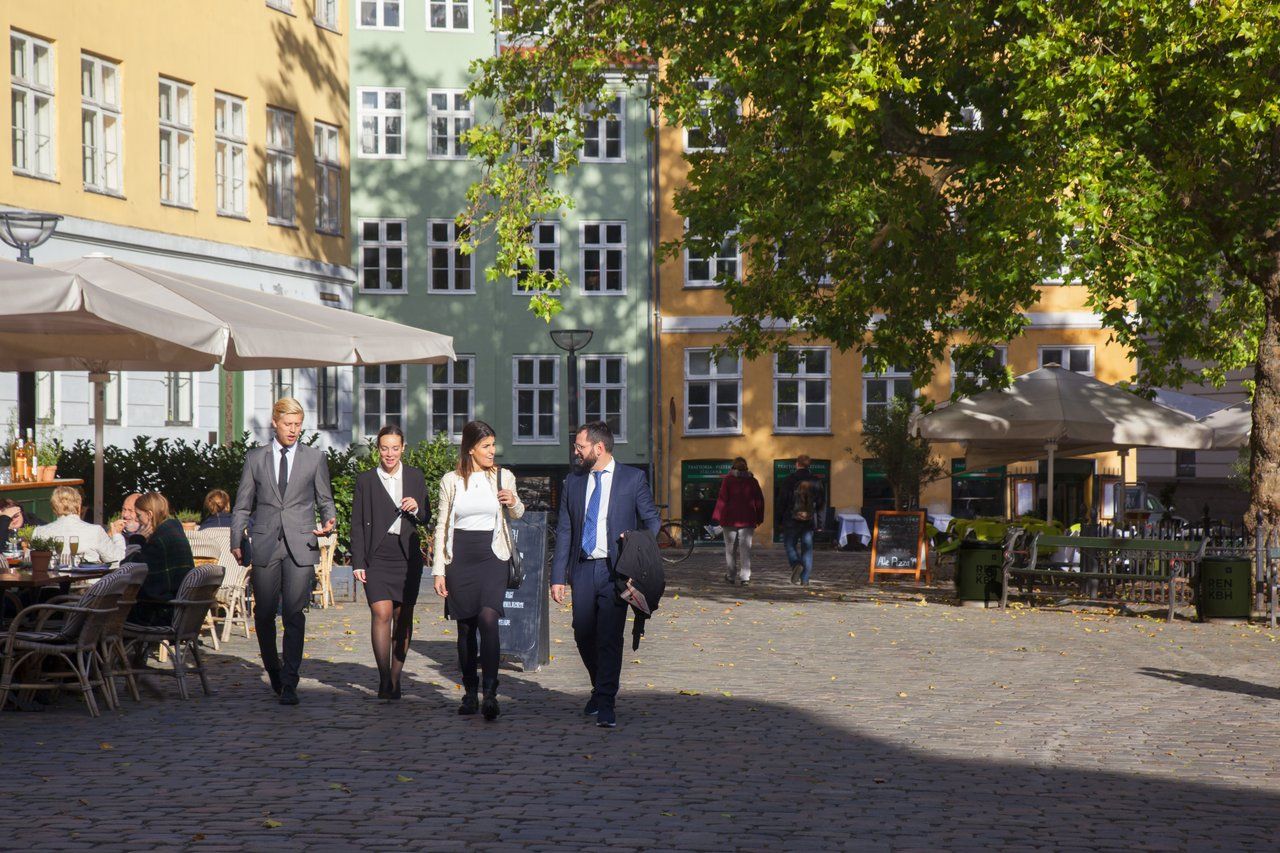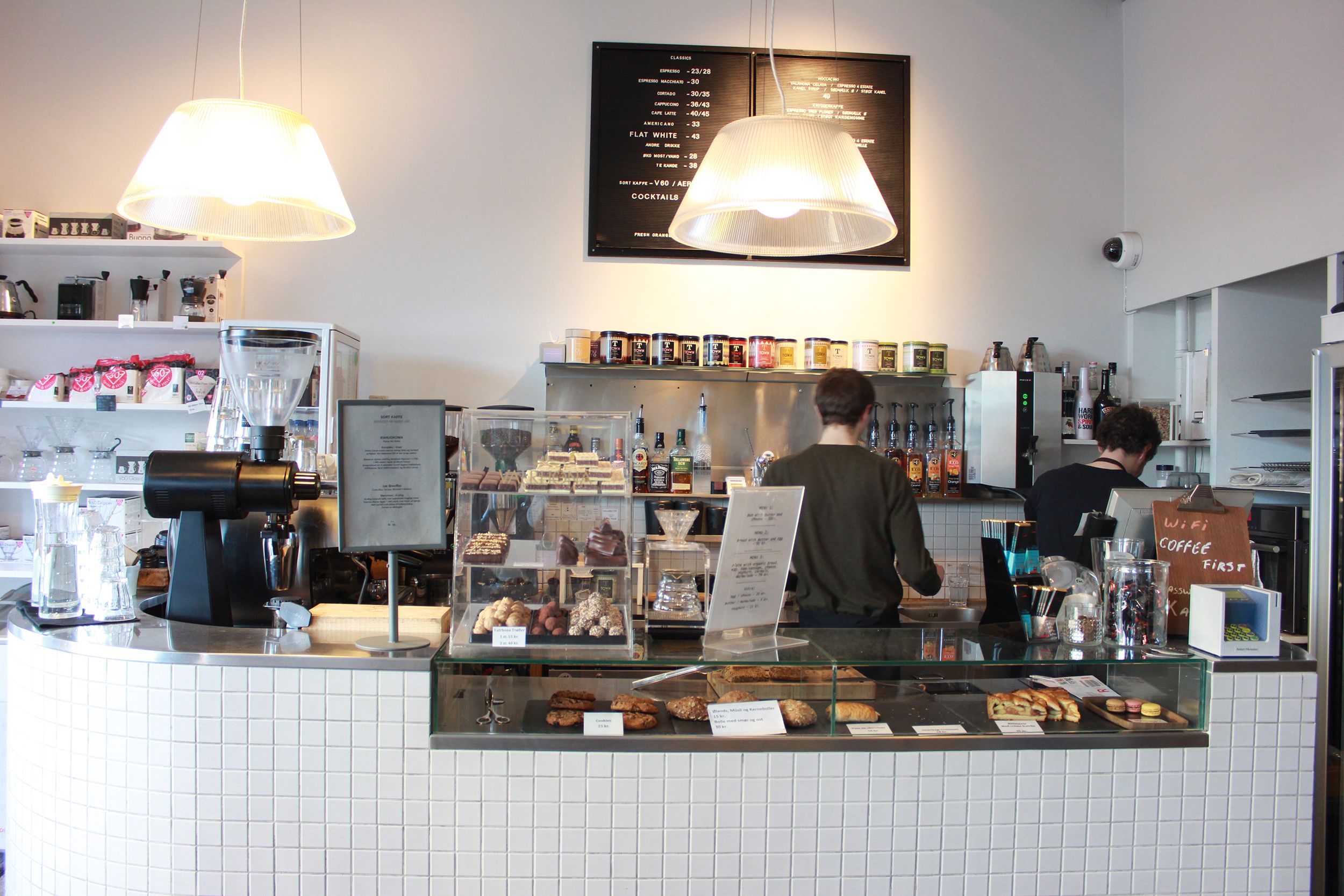There was a point early on in the Coronavirus Crisis when the situation in Denmark looked like it might spiral out of control.
The Danes had some of the highest cases-per-capita figures in the world as thousands flocked to hoard everything from toilet paper to hand-sanitiser. Some uncouth louts even raided hospitals to get their hands on dwindling supplies.
But three months later and Denmark is sitting pretty, thanks in part to the steady guidance of PM Mette Frederiksen and her government.
The children are back in school, cafes and bars have reopened, and business is slowly returning to normal.
The great turnaround
But what’s perhaps most impressive is that despite having entered the second phase of the reopening, Denmark seems to have forged an iron grip of control on COVID-19.
On May 15, nobody died of coronavirus in Denmark – the first time in two months that the country didn’t register a fatality.
As of June 12, the death toll stood at 593, and there were only 63 people in hospital (14 in intensive care) – according to Statens Serum Institut.
When the crisis peaked on April 1, there were 535 people in hospital and 146 in intensive care.
Meanwhile, some 609,000 people have been tested and, as the government offered all adults to be tested this week, that number is expected to increase rapidly.
Quick to act
When it became apparent that Denmark would not avoid the coronavirus, Frederiksen was quick to lock down the country.
Schools and kindergartens were closed, the public sector was sent home, the borders were shuttered, and financial aid packages were swiftly dispatched to assist sectors in need and prevent workers from losing their jobs.
Somehow, in a two-week period in late May, the number of unemployed people in Denmark actually declined by 1,100 people. Compare that to the more than 33 million people in the US (roughly 20 percent of the country’s workforce) who had filed for unemployment claims from mid-March to late May.

The common touch
Frederiksen along with the female leaders of Finland, New Zealand, Germany, Iceland and Taiwan have been lauded for strong leadership by Forbes, CNN and the Guardian for their handling of the crisis.
Meanwhile, the US, Italy, France, Spain, Brazil and the UK have notably struggled to contain the crisis with male leaders.
A coincidence? Perhaps. But Frederiksen has won hearts and minds with a down-to-earth approach that has connected with the average Dane.
Like the time when she joined the nation in the face of the crisis by singing with her daughter while doing the dishes at home.
Or when the PM remarked that she was just one of many Danes waiting to see whether their wedding would be cancelled this summer.
There was a hint that she had this in her before the crisis too, underlined by her laughing fit in Parliament while discussing the ridiculous topic of finding a home for some circus elephants and their unlikely pal, Ali the camel.
Instead of appearing as some indomitable authority figure, Frederiksen has managed to successfully portray herself as one of the people. She reacted to the crisis, not only as a capable politician, but as someone labouring through it like everyone else.
Room for improvement
And yet, despite all the praise, Frederiksen’s performance hasn’t been flawless.
For instance, the government has been opaque at times when it comes to addressing Denmark’s testing capacity.
Moreover, while Denmark certainly acted sooner and with more vigilance than many other countries, perhaps the government could have done more.
The government did little to dissuade Danes from heading to Austria and Italy for their skiing holidays as the crisis began spreading from China.
In fact, the government recommended that it was okay for people to travel and many of the early coronavirus cases in Denmark stemmed from those travellers returning home.
One could also question how diligent the authorities were in checking and quarantining people at airports. There were ample reports of folks walking off aeroplanes and straight onto trains and the Metro without anyone questioning them.

Potent in the polls
Overall, however, there is little doubt that Frederiksen and her government have performed admirably. The Danes certainly seem to think so.
According to a poll in late April, the government-led Socialdemokratiet party hadn’t been as popular since the 1990s – 35.1 percent said they could vote for them.
Meanwhile, Venstre and Dansk Folkeparti (DF), opposition parties that enjoyed immense momentum a few short years ago, have plummeted in popularity.
A survey last month showed that 20.4 percent of voters would back Venstre – down from 23.4 at the General Election last summer.
It was even worse news for DF in late April, when a survey showed the party had slipped to just 6.8 percent in the polls – the worst vote of confidence in 19 years!
Clutching at straws
The opposition has simply been waylaid by Frederiksen’s handling of the crisis.
Knowing that they face a backlash for being critical of the government’s strong handling of the crisis, Venstre, DF and even government-support parties like Radikale have come across as desperate in their attempts to point the finger at whatever miniscule issue they can scrounge up.
Many complaints have shifted from the ‘you didn’t act quickly enough’ grievance to the more contemporary ‘you’re not reopening Denmark fast enough’ grumble.
It all serves to underline the fact that Frederiksen has significantly consolidated her position of power in the past two months of the crisis.
And while history shows us that unpredictable times can make or break governments, there is little evidence to suggest that the PM and her allies will falter further down the road.













